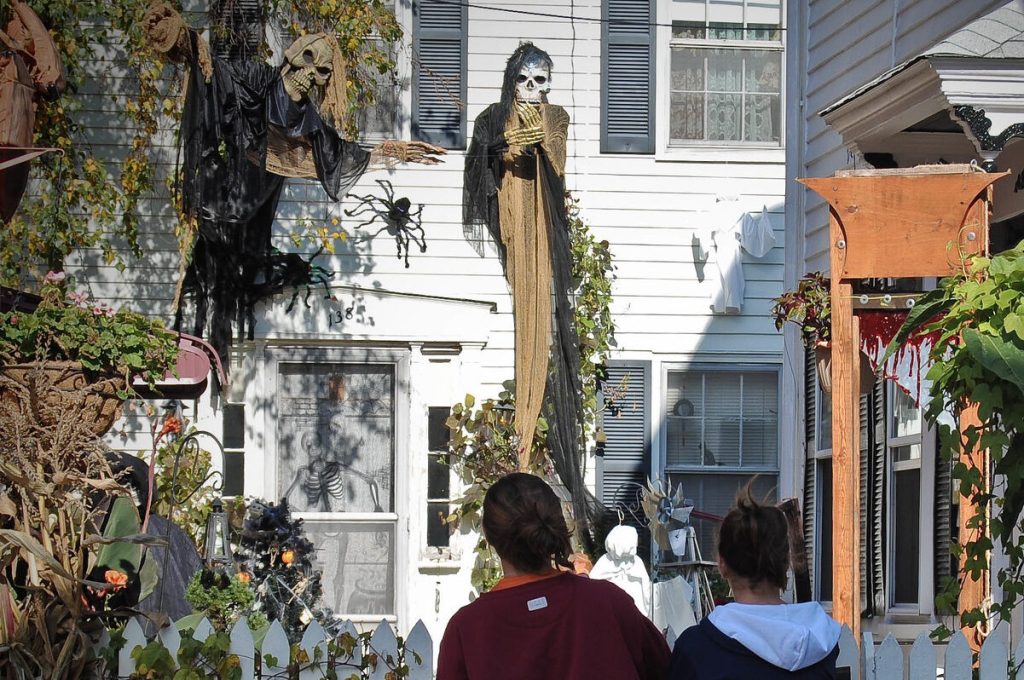The town is filled with the scents of autumn – damp leaves, cinnamon, and the cold creeps through the trees. However, tourists are not just here for pumpkin patches and jack-o’-lanterns, they have come for something darker – the ghosts. Halloween has transformed from a niche holiday to a high-revenue season for the travel industry, with haunted destinations attracting droves of tourists seeking eerie experiences. Consumer spending is projected to reach $12.2 billion this Halloween, surpassing pre-pandemic levels, driven by the demand for experiences like destination events, haunted attractions, and seasonal travel.
Halloween is now a season that spans from late September through October, with cities like Savannah, New Orleans, Edinburgh, and Prague reaping the economic benefits of spooky tourism. Ghost tours and paranormal events contribute up to 20% of local tourism revenues in these haunted hotspots. Salem, Massachusetts, known for the infamous witch trials of 1692, is one of the most popular cities for Halloween bookings, generating over 20% of its yearly stays in October. However, non-traditional haunted locales like Minneapolis, Atlanta, Charlotte, Kansas City, and Austin are also seeing significant increases in hotel bookings for Halloween, reflecting a growing interest in seasonal travel and immersive experiences.
Destinations across the country are capitalizing on this trend, with campaigns like Kentucky Tourism’s “Kentucky After Dark” appealing to travelers seeking “exciting yet safe” thrills by blending real history with supernatural folklore. The campaign generated 658 million impressions in its debut year and has since expanded to over 1 billion impressions. Using social media platforms like TikTok and Instagram, Kentucky After Dark has amassed a following of 38,400 and garnered over 4.7 million views, with a cost per view outperforming typical media efforts by 2,000%. The goal of the campaign is to create a real-life horror movie experience for tourists, offering them an immersive and thrilling Halloween experience.
The surge in Halloween-related travel is driven by a desire for more immersive and spooky experiences, with ghost tours, haunted attractions, and seasonal events becoming popular among travelers. The economic impact of spooky tourism is undeniable, with cities like Salem, Massachusetts, leading the way in Halloween bookings. Hotels in cities like Minneapolis, Atlanta, Charlotte, Kansas City, and Austin are experiencing significant growth in bookings for Halloween, reflecting a hunger for unique and immersive travel experiences. With campaigns like “Kentucky After Dark” leveraging social media platforms to attract visitors, the trend of spooky tourism is likely to continue growing in the future.
As Halloween continues to evolve into a season rather than just a single night, the demand for haunted experiences and ghostly tours is on the rise. Cities across the country are capitalizing on this trend, offering exciting yet safe thrills to travelers seeking immersive Halloween experiences. With social media playing a crucial role in attracting visitors and promoting these destinations, the appeal of spooky tourism is likely to continue growing, with more travelers looking to immerse themselves in eerie experiences during the Halloween season.


